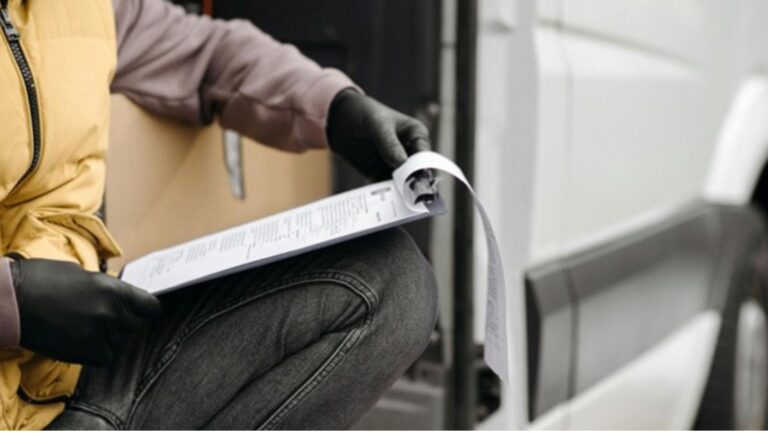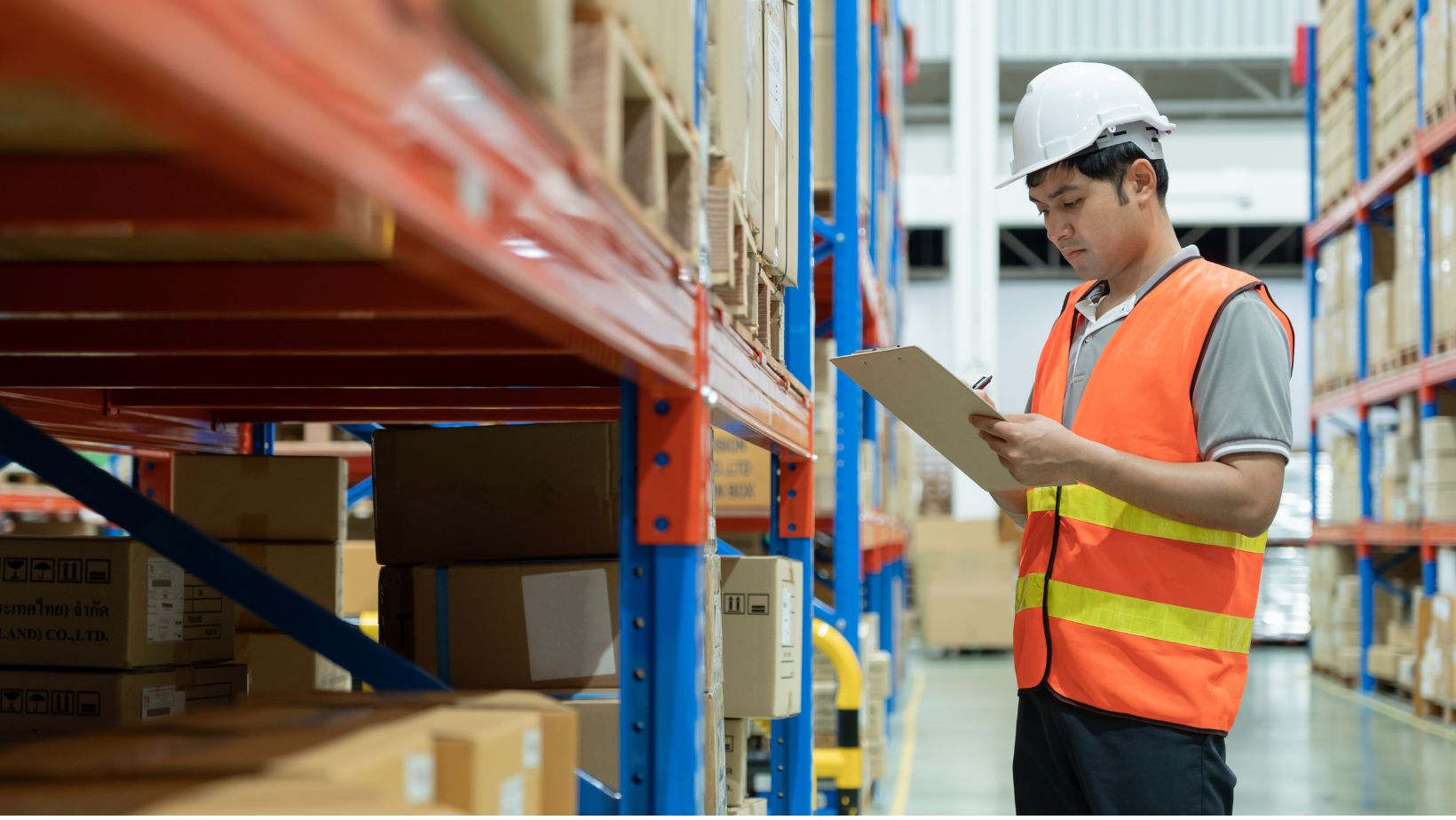For seamless operations in the intricate realm of logistics, it is essential to comprehend words unique to the business. Starting your journey out in logistics? Are you an enthusiast? Or a professional who wants to grasp an understanding of how things work? Let’s start learning the essential terms to help you improve your knowledge and expedite communication (regardless of your level of experience in freight forwarding). The ultimate list of some of the most crucial terminology is here.
1. Bill of Lading (BOL)
When you need proof of the contract of carriage, a receipt of goods, and documentation of the title, that’s where BOLs come in; it is a legally binding document issued by a carrier to a shipper – outlining the type, quantity, and destination of goods being shipped, it also must accompany the freight from the origin to the destination.
2. Freight Forwarder
Need to arrange the transportation of goods? The 3PL providers or: “freight forwarders”, come to the rescue behalf of shippers. They coordinate the entire shipping process by working with carriers, customs agents, and other logistics providers.
3. Incoterms
Incoterms (Short for International Commercial Terms) are standardized trade terms published by the International Chamber of Commerce (ICC), and what they define are the responsibilities of buyers and sellers in international transactions, such as who pays for freight, insurance, and customs duties. Common examples:
-EXW (Ex Works)
– FOB (Free on Board)
– DDP (Delivered Duty Paid)
4. Customs Clearance
It is basically the process of getting approval for goods to enter or exit a nation – this includes paying taxes, providing documents to customs officials, and making sure all rules are followed. Accurate documentation is crucial because delays in customs clearance can cause supply chains to break down.
5. Demurrage
The fees incurred when cargo containers remain at a port or terminal for longer than the free permitted period are known as demurrage.
These charges incentivize prompt unloading and removal of goods, and avoiding demurrage is a critical part of cost-efficient freight management.
6. Intermodal Transport
Using many different means of transportation—such as rail, truck, and ship—while avoiding touching the cargo while changing between them is known as intermodal transport. By using the advantages of several transportation modalities, this strategy optimizes efficiency and lowers expenses.
7. Last-Mile Delivery
That final handoff from the local distribution hub to your home is what we call last-mile delivery—the final step in a product’s journey; it has emerged as a critical component of logistics as e-commerce expands, frequently affecting expenses and consumer happiness.
8. Palletization
The practice of stacking and fastening items onto pallets for shipment is known as palletisation. Pallets shield products from harm while simplifying handling and shipment. Proper palletization improves efficiency and helps maintain product integrity throughout the shipping journey.
9. Consignee
According to the Bill of Lading, the consignee is the person who will receive the goods. This might be an individual, company, or group in charge of receiving the delivered products. To prevent delays, it is crucial to make sure the consignee’s information is correct.
10. Deadweight Tonnage (DWT)
Deadweight tonnage refers to the maximum weight a ship can safely carry, including cargo, crew, fuel, and provisions. Knowing a vessel’s DWT capacity is essential for ensuring safety and efficiency in shipping operations.
11. Airway Bill (AWB)
A non-negotiable document provided by an air carrier, an airway bill provides proof of the contract of transport and a receipt for items carried by air. The shipper, consignee, and contents of the package are all listed on the AWB.
12. TEU (Twenty-foot Equivalent Unit)
The cargo-carrying capacity of a ship is measured in TEU, a standard unit. A typical 20-foot shipping container is equivalent to one TEU.

This phrase is frequently used to refer to the amount of cargo that is transported.
13. Freight Class
In order to standardize prices for goods shipments based on variables including density, stowability, handling, and liability, the shipping industry uses a categorization system called goods class. Efficient shipping and correct invoicing are guaranteed by accurate goods categorisation.
14. FOB (Free on Board)
What defines responsibility and ownership of goods when they are transferred from the seller to the buyer? The answer is the Incoterm known as FOB: if a shipment is FOB origin, the buyer assumes responsibility once the goods are loaded onto the shipping vessel.
15. 3PL (Third-Party Logistics)
When shipment delays, inventory problems, and warehouse mayhem begin to pile up, a third-party logistics (3PL) provider is of help here. They handle inventory, warehousing, and shipping for you. For what reason do companies depend on them? When you outsource logistics, it enables your business to focus on its core competencies (what matters most).
These Logistics Terms Will Make a Difference
Gaining an understanding of these goods and adding these logistics words to your freight dictionary improves your communication skills within the sector and increases your expertise. Managing customs clearance? Or last-mile deliveries? Understanding these phrases guarantees more efficient operations and better decision-making in your supply chain endeavors. And all in all, in an ever-changing sector, staying educated will help you stay one step ahead.





